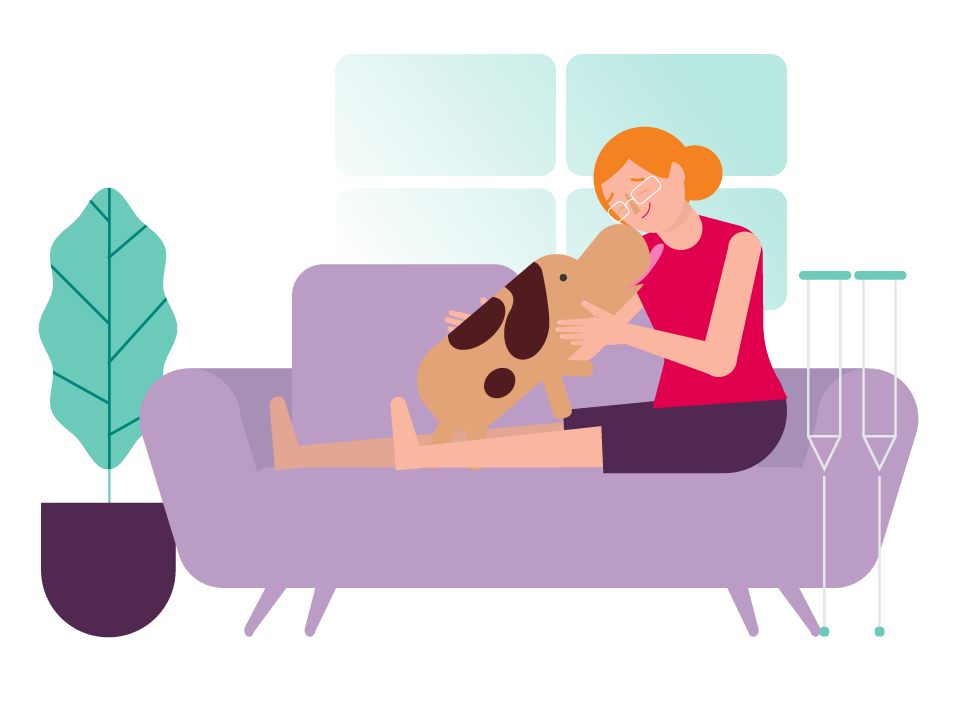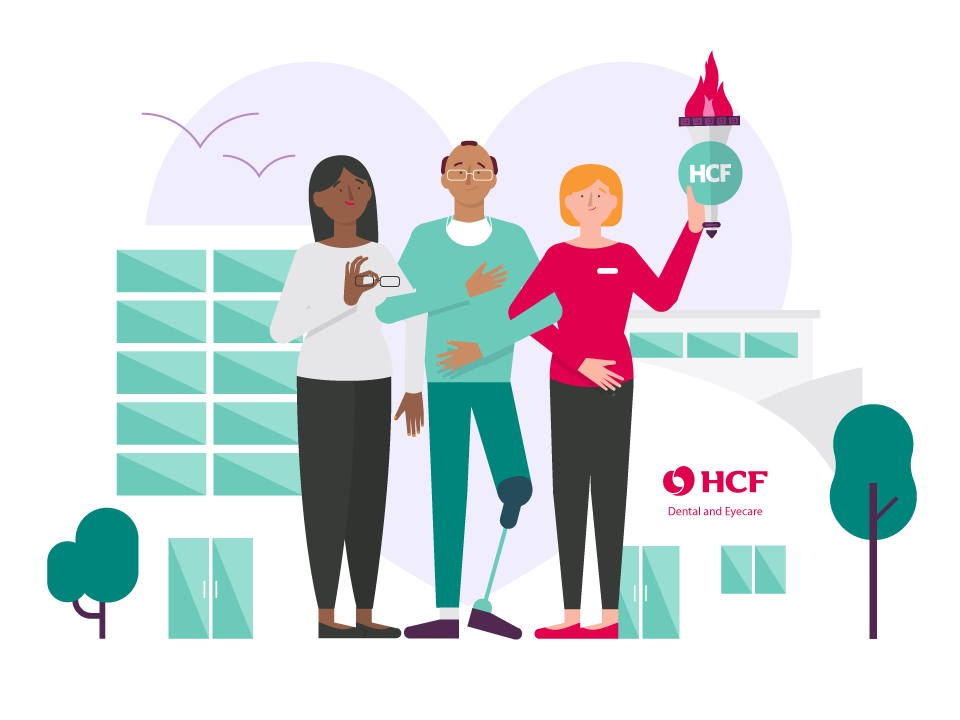Depending on your general health and age, and the damage to your shoulder, the results and recovery time will vary.
Results
The effectiveness of rotator cuff repair surgery varies greatly depending on several factors, including the size of the tear. Many repaired rotator cuffs tear again. If your rotator cuff is still okay 6 months after surgery, your risk of re-tearing is reduced.
If you’ve just had a minor repair, you may not need to wear a sling after your surgery and your strength may return after a short period of rehab. You may be able to return to work within a few days.
For more complicated procedures, recovery can take longer and you may need to wear a sling for several weeks. Although arthroscopy uses small incisions, extensive damage to your joint may have been repaired. In this case, your recovery may take several months. Following your surgeon's guidelines and exercise plan is vital to a successful outcome.
Results for arthroscopic vs open surgery
In deciding between arthroscopic and open surgery, the main difference will be the size of the scars. With rotator cuff repairs, outcome and post-operative pain are the same for both open and arthroscopic procedures but arthroscopic surgery may shorten your recovery time.
For shoulder dislocation, the chance of persistent instability is similar whether the repair is carried out by open or arthroscopic surgery. Not all types of shoulder dislocation can be treated arthroscopically: some require open surgery and include small bone grafts. Your time to return to normal activity after open surgery is likely to be the same as with arthroscopic surgery.
Delaying surgery for a partial rotator cuff tear
If you have a partial rotator cuff tear, delaying surgery may not be a good idea. It really depends on the size of the tear. If the size of the tear is allowed to increase, you’ll need more extensive surgery and the outcome may not be as good. You need to be guided by your doctor regarding the timing of the surgery. If you have a painful, traumatic tear (from an injury), delaying surgery can also affect the outcome.
Results of labrum repairs
For a labrum repair, your chance of returning to your previous activity level after surgery is quite limited. After your mid to late 30s (over 36) there’s less chance of a successful result.
Frozen shoulder surgery
With a frozen shoulder, your shoulder becomes painful and gradually seizes up. If you’re contemplating having arthroscopy for a frozen shoulder, bear in mind that 9 out of 10 frozen shoulders eventually recover with non-surgical treatments, although it may take up to 3 years before your range of motion returns.
Choice of surgeon
Your choice of surgeon can affect the result. Orthopaedic surgeons who perform a high volume of arthroscopic shoulder surgeries have a higher rate of successful outcomes and lower rate of complications with the arthroscopic procedure.
Note: Even after successful shoulder surgery you may not have a normal shoulder but most people enjoy better function and less pain.
Risks
As with any medical procedure, there are some potential risks. Your chance of complications depends on the type of procedure you’re having and other factors including your general health and whether you smoke.
Infection
Approximately 0.5–1% (1 in 100) patients develop infection of the joint following surgery. In some cases, infection is limited to the skin and soft tissues and may only require oral antibiotics. If the joint becomes infected, you’ll almost certainly need intravenous antibiotics and further surgery.
Bleeding
Blood loss during surgery is usually minimal. Transfusions are rarely needed.
Stiffness
This is normal and is due to the initial swelling (or immobilisation if you’ve had a tendon repair). It usually resolves in a few weeks but physiotherapy and exercise are essential during your recovery to prevent further stiffness.
Nerve injury
Nerves near your shoulder joint can occasionally be injured during surgery. Normally, they’ll improve and may eventually recover completely.
Re-tear of rotator cuff or failure to heal
If your rotator cuff has been repaired, it may tear again, especially if you resume the activity that caused it to tear in the first place. Sometimes the rotator cuff doesn’t heal. The bigger the tear, the more likely it is not to heal properly.
Persistent pain and stiffness
This can occur following surgery, particularly surgery for a labrum tear.
Ask your surgeon about the results and risks associated with your procedure. Also ask about their own rates of patient satisfaction and the rate of complications following the procedures they’ve performed.







